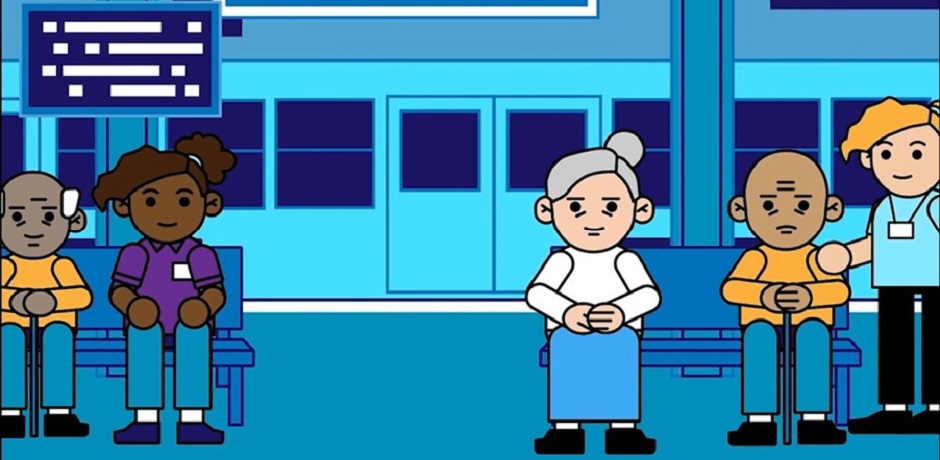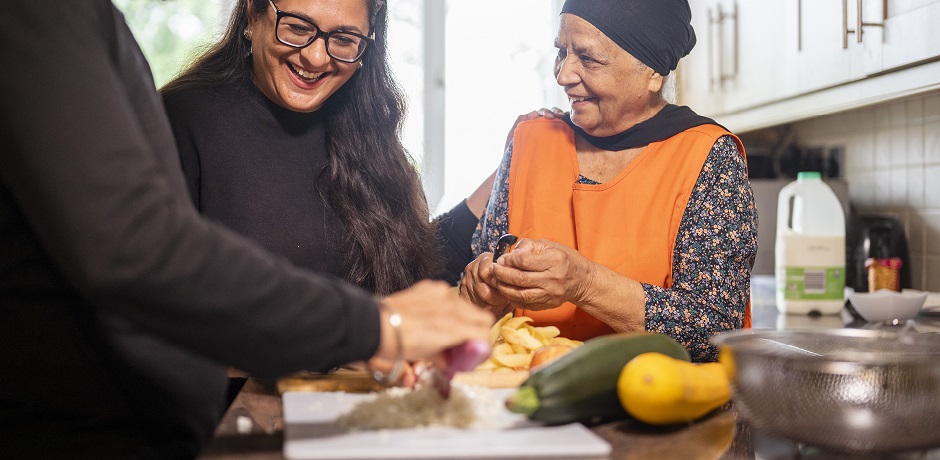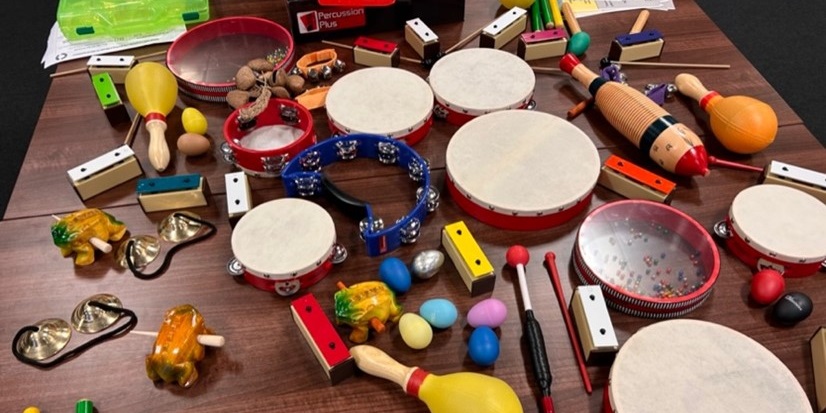)
When design researchers and academic researchers meet: three challenges of interdisciplinary research
LSE researchers collaborated with design researchers at Social Finance to explore how both disciplines can work effectively to support innovation in social care. Here, Juliette Malley, LSE researcher and project leader, and Jessica Kyriacou, service designer at Social Finance, discuss some of the challenges of working across two different approaches to research and consider what this could mean for future collaborations.
Forming an interdisciplinary team with design researchers from Social Finance, we developed a number of ideas to support people innovating in social care through a process of ideation. Some of these ideas will be developed into prototypes that can be tested by people working in social care, and are discussed in our previous blogpost ‘Using service design methods to strengthen innovation in social care’. Although ultimately a successful project, here we recount three of the bumps in the road which took some time, patience and reflection to overcome.
1. Understanding each other’s worlds and skillsets
“It would have been good to have explained our worlds and where we were coming from”
“I wasn’t sure what all the meetings were for and how regularly we needed them”
It is well-recognised that interdisciplinary projects require careful management to make the most of everyone’s skills and expertise. Following good practice we therefore spent some time at the beginning of the project getting to know each other and ensuring we were all clear about what we were trying to achieve. Despite this investment, as we began to get into the project we realised we had very different understandings of how to carry out research to get us to our shared goal. There were some superficial similarities in data collection methods – for example we both used interviews – that prevented us, at least initially, from seeing how differently we conceptualised the research endeavour. Differences in how we analysed and synthesised the data and managed the research flow were striking.
This created some anxiety within the team. Although the time we spent developing a shared vision of the project was important, on reflection it would have been helpful to have also spent time at the start demystifying principles and practices from our respective research traditions. We also think it is important to be honest about working through uncertainty. To make this a more comfortable process, in future we would build in time for regular check-ins to ensure everyone has the support they need and periodically have sessions to reflect on what we are doing and learning.
2. Getting to a shared understanding of emerging insights
“It took a bit of time to get our synthesis and analysis into a flow where I could see key themes emerging”
Different assumptions about how we would carry out the research resulted in difficulties achieving a shared understanding of emerging findings.
LSE researchers favoured working alone on the analysis using specialised qualitative analysis software to support the development of themes, which they then shared for discussion with colleagues. Working this way, colleagues from Social Finance struggled to understand the issues in a way that would enable them to develop materials for ideation workshops. They favoured a much faster-paced approach that involved sessions where we worked together to thematically analyse and synthesise the data using online collaborative software. These tools and ways of working were unfamiliar to LSE researchers and they struggled to get to grips with them. Frustrations were felt on both sides as we worked through the analysis and synthesis phase.
Although it was hard working collaboratively on the analysis, it proved critical for developing a shared understanding of the data. As we reflected on the process we realised many of the techniques are shared with rapid research – for example synthesis is ongoing alongside data collection and is collaborative. People without design research experience may gain confidence for this type of work if they have engaged with rapid research in the past. This observation also raises the possibility that rapid research could learn from design research, for example around the use of more flexible agile processes for project management, such as sprints.
3. Understanding how to use previously conducted research
“When we started to define opportunity areas – I wouldn’t say they’re analytically deep – it pulls together what people are saying”
The design process relies on rich stories from people innovating in social care. Context and detail are important for understanding what needs to change. The knowledge the LSE team had generated from previous research, such as themes summarising the kinds of challenges people had collaborating around innovation, was too abstract to use as data in the design process. While we solved this problem by collecting more stories it left us with a puzzle: if this was to be an interdisciplinary project how could we integrate the evidence gathered through our traditions of slow academic research with design research?
One obvious answer is to write up our research as case studies; another answer is to use the evidence to conceptualise the problem space. We realised that the ideas we developed with stakeholders were targeted at changing the system. This was because it was in this space that stakeholders with very different perspectives and experiences found common ground. On reflection we saw that we could have used the evidence from our previous research to map out the range of relationships and ways people interacted around innovation. We could then have used this map to structure the data collection and ideation process, collecting stories about specific relationships, like commissioners working with care home providers or with technology firms. On a small scale project like this one, it may not have been feasible to map multiple relationships and interactions, but this sort of approach could help us hone in on details and nuance for a larger scale project.
What did we learn?
What have we learnt from this interdisciplinary venture? Firstly, there is great potential for design research to turn the evidence generated through research into solutions for social care practice. Secondly, it is clear from this venture that careful thought needs to be given to combining design research with other traditions of academic research, since there is a significant risk that the different traditions duplicate rather than build on each other. Thirdly, that ideas and techniques from design research might have other applications, with one potential area being the management and practice of rapid research and evaluation projects.
Read more at the Supporting Adult Social Care Innovation project website.
Read NIHR Social Care Speciality posts here →





